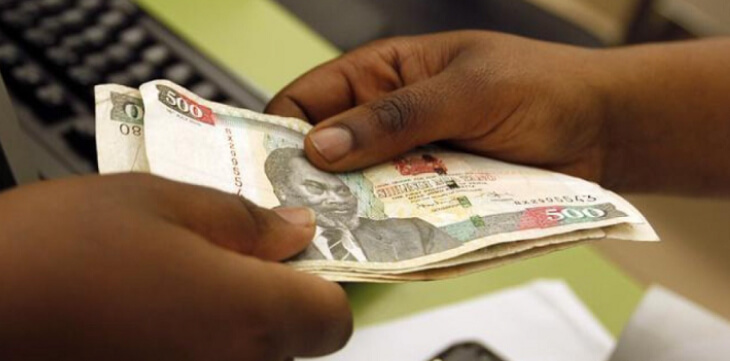
Our Projects are
Transforming African Trade
Quick Contacts
2nd Floor, Fidelity Insurance Centre Waiyaki Way, Westlands

The Kenyan shilling appreciated against the US dollar by 0.1 percent, closing the week at 107.8 shillings from 107.9 shillings recorded the previous week.
The slight appreciation by the local currency was mainly attributable to subdued demand for the dollar during the week and the positive news on the Eurobond issue.
On a YTD basis, the shilling has appreciated by 1.3 percent against the dollar, in comparison to the 7.7 percent depreciation recorded in 2020.
“Despite the recent appreciation, we expect the shilling to remain under pressure in 2021,” said experts from Cytonn Investments.
Pressure on the shilling will come from the rising uncertainties in the global market due to the Coronavirus pandemic, which has seen investors continue to prefer holding their investments in dollars and other hard currencies and commodities.
Demand from merchandise traders as they beef up their hard currency positions in anticipation of more trading partners reopening their economies globally will continue piling pressure on the shilling.
The shilling is however expected to be supported by the Forex reserves, currently at USD 7.5 bn (equivalent to 4.6-months of import cover), which is above the statutory requirement of maintaining at least 4.0-months of import cover, and the EAC region’s convergence criteria of 4.5-months of import cover.
The stable current account position is estimated to remain at a deficit of 5.2% of GDP in 2021. Improving diaspora remittances evidenced by a 22.3% y/y increase to USD 315.8 mn in May 2021, from USD 258.2 mn recorded over the same period in 2020, which have cushioned the shilling against further depreciation, and,
The dollar inflows from the IMF and World Bank loans in addition to the Eurobond issue.
Read More: Shilling Slightly Smiles Against The Dollar But Still Crawling
Despite the numerous challenges, the Kenyan shilling has remained resilient against the US Dollar in contrary to what many had predicted.
Read original article
Disclaimer: The views and opinions expressed in this article are those of the authors and do not necessarily reflect the official policy or position of TradeMark Africa.